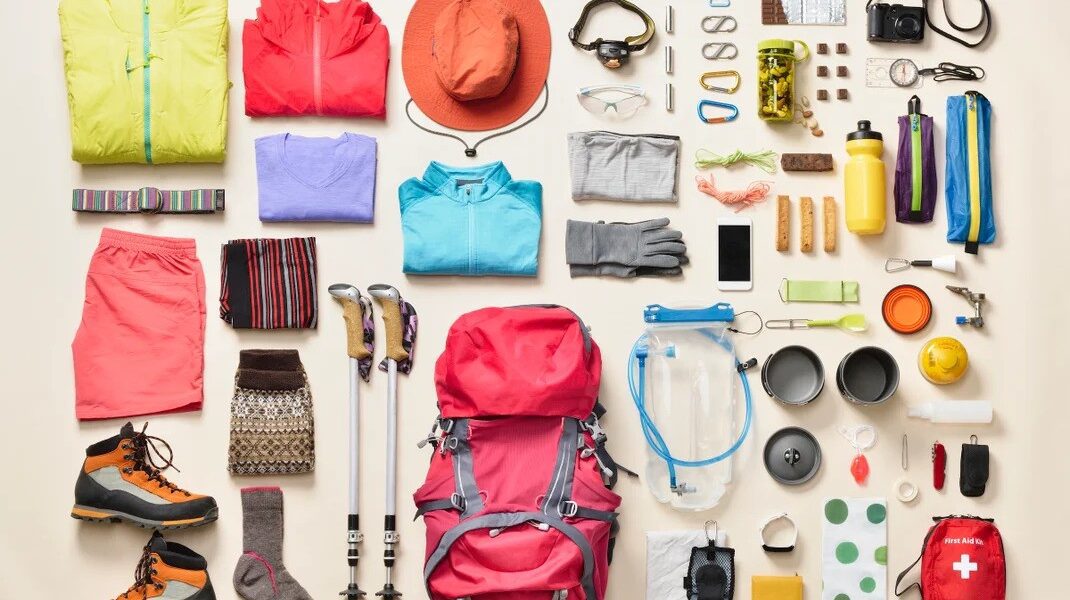Ladakh Trekking Essentials are crucial for exploring Ladakh, with its breathtaking landscapes, snow-capped peaks, and high-altitude treks, offering a once-in-a-lifetime adventure. However, trekking in Ladakh comes with unique challenges, including extreme weather conditions, rugged terrain, and high altitudes. Proper preparation is key to ensuring a safe and enjoyable trekking experience. In this guide, we’ll walk you through the Ladakh trekking essentials—the gear and equipment every trekker must carry to survive and thrive in this beautiful yet demanding region.
Understanding Ladakh’s Trekking Conditions
Terrain and Altitude Challenges
Ladakh’s treks, often at altitudes between 3,000 to 5,000 meters, present a unique set of challenges. The rugged terrain, steep ascents, and descents can be physically demanding, requiring sturdy footwear and trekking poles. Additionally, the high altitude makes breathing more difficult and increases the risk of altitude sickness, which is why proper acclimatization and carrying appropriate medication are crucial.
“I didn’t realize how tough Ladakh’s high-altitude treks would be. Without my trekking poles and proper gear, I wouldn’t have made it!” — Rajiv Patel, Engineer, India
Climate Considerations
Ladakh’s weather can vary dramatically throughout the day. During summer months, daytime temperatures can reach 20°C, while nighttime temperatures can plummet to below freezing. In winter, temperatures can drop as low as -30°C. Therefore, trekkers need to be prepared for both extremes by packing appropriate cold-weather and lightweight summer gear.
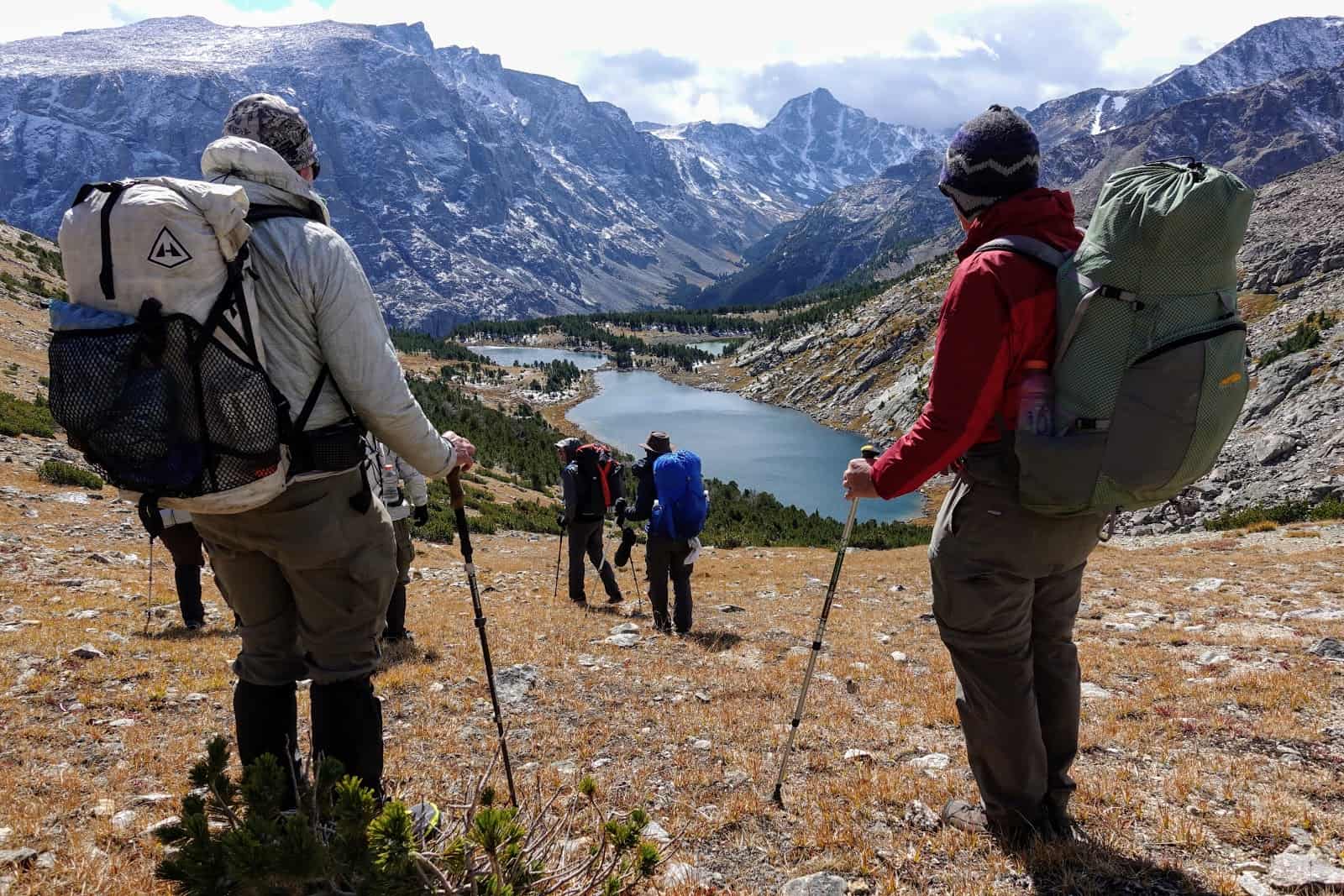
Clothing Essentials for Ladakh Treks
Multi-Layered Clothing for Cold Conditions
The best way to handle Ladakh’s unpredictable weather is by layering your clothing. For high-altitude trekking, a three-layer system is recommended:
- Base layer: Moisture-wicking materials like merino wool to keep sweat away from your skin.
- Mid-layer: Fleece or insulated jackets to trap body heat.
- Outer layer: A windproof and waterproof shell to protect against the elements.
“My multi-layer clothing kept me warm and comfortable during the freezing nights. The base layer was especially helpful in wicking away sweat during the day.” — Amanda Wright, Photographer, UK
Waterproof and Windproof Outerwear
Ladakh’s weather can change in an instant, with sudden rain or snow showers. A waterproof jacket and pants are essential for staying dry. Look for gear that is both lightweight and wind-resistant, which will protect you from cold winds at higher elevations.
Footwear: Best Trekking Boots for Ladakh
Sturdy, High-Altitude Trekking Boots
Trekking in Ladakh requires sturdy boots with strong ankle support, waterproofing, and a solid grip for rocky paths. Choose boots that are designed for high-altitude trekking, as they provide the necessary stability for rough and uneven terrain.
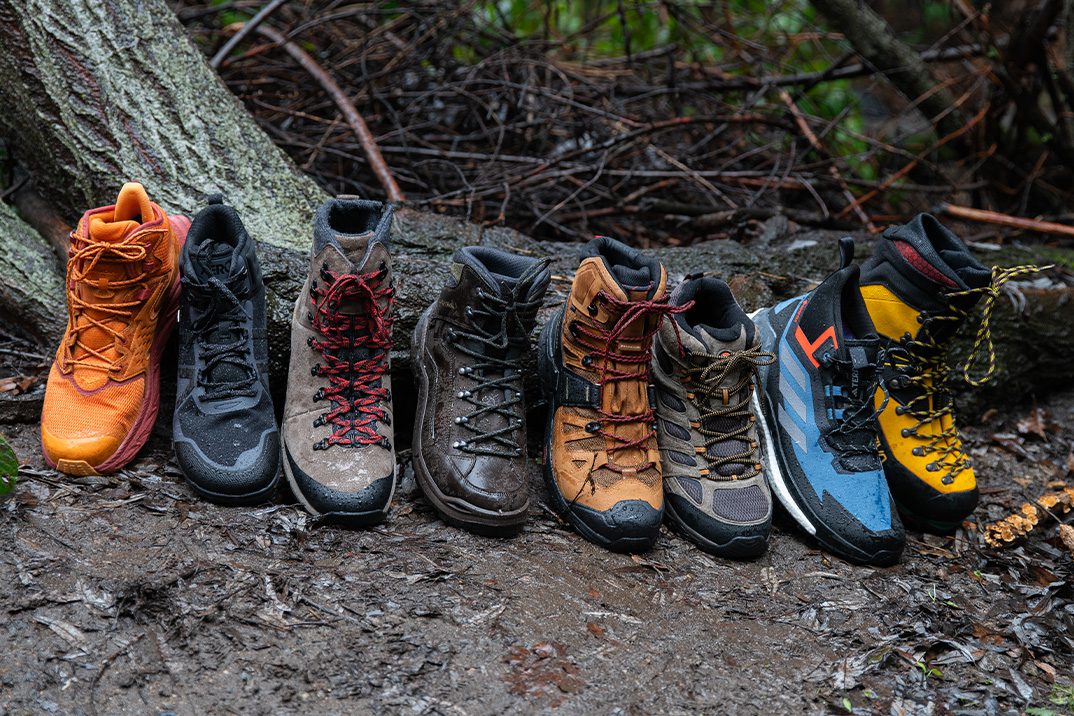
“My trekking boots saved me! The rough terrain in Ladakh would have destroyed my feet if I hadn’t invested in high-quality, waterproof boots.” — Sarah Mueller, Teacher, Germany
Socks and Foot Care
Equally important are moisture-wicking socks that prevent blisters by keeping your feet dry. Carry extra pairs of thermal socks for colder nights, as keeping your feet warm is crucial for overall comfort. Consider packing a foot care kit with blister treatment supplies.
Must-Have Gear for High-Altitude Trekking
Trekking Poles for Stability
Trekking poles reduce the strain on your legs and help maintain balance on uneven terrain, especially during steep ascents and descents. They’re essential for Ladakh’s rugged paths, providing additional support and reducing the risk of injury.
Backpack for Long Treks
When it comes to choosing a backpack, size and comfort are key. A 50-70L backpack is ideal for multi-day treks, providing enough space for your essentials without becoming too cumbersome. Look for backpacks with padded shoulder straps and a waist belt for even weight distribution.
Backpacks and Packing Tips
Recommended Backpack Size for Ladakh
For a multi-day trek, you’ll need a backpack that’s large enough to carry your gear but light enough for comfortable trekking. A 50-70L backpack is ideal. Make sure it has multiple compartments for organization and easy access to important items like your first-aid kit and snacks.
Packing Light for a High-Altitude Trek
Packing efficiently is key to keeping your load light. Prioritize lightweight and multi-purpose items like collapsible water bottles, quick-dry towels, and multi-use buffs. Here’s a quick list of must-haves:
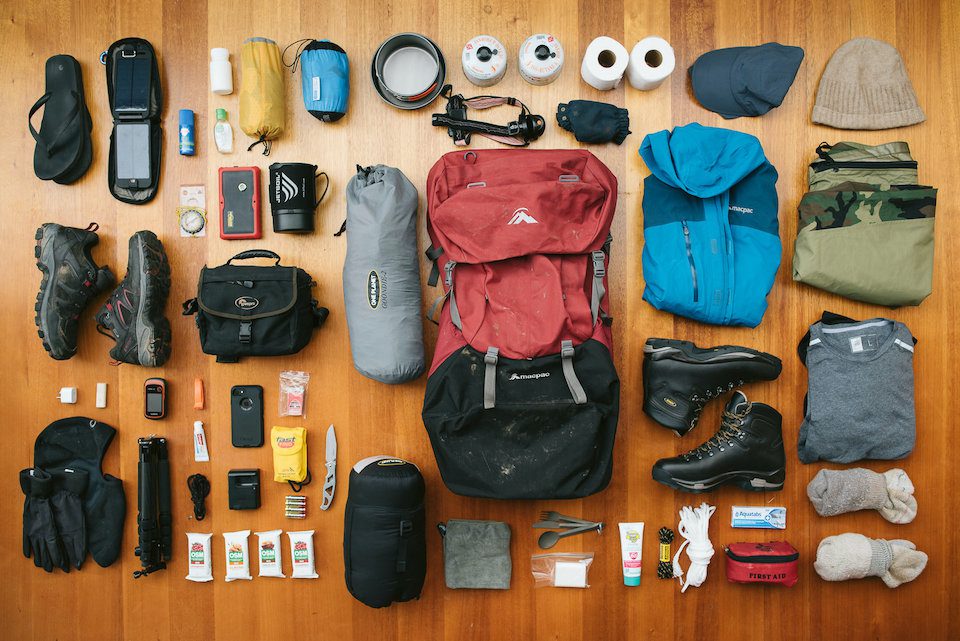
- Sleeping bag (rated for -10°C)
- Lightweight tent (if camping)
- Layered clothing and rain gear
- Trekking poles
- Hydration system (2-3L capacity)
- First-aid kit and altitude sickness medication
Sleeping Gear: Sleeping Bags and Tents
Insulated Sleeping Bags
Nights in Ladakh can be brutally cold, even in summer. A sleeping bag rated for at least -10°C is essential to ensure a comfortable night’s sleep at high altitudes.
“My insulated sleeping bag was a lifesaver. Even when temperatures dropped below freezing, I stayed warm and cozy.” — Paul Johnson, Adventure Guide, USA
Lightweight Tents for Camping
If you plan to camp during your trek, choose a lightweight, wind-resistant, and waterproof tent. Look for compact options that won’t take up too much space in your backpack.
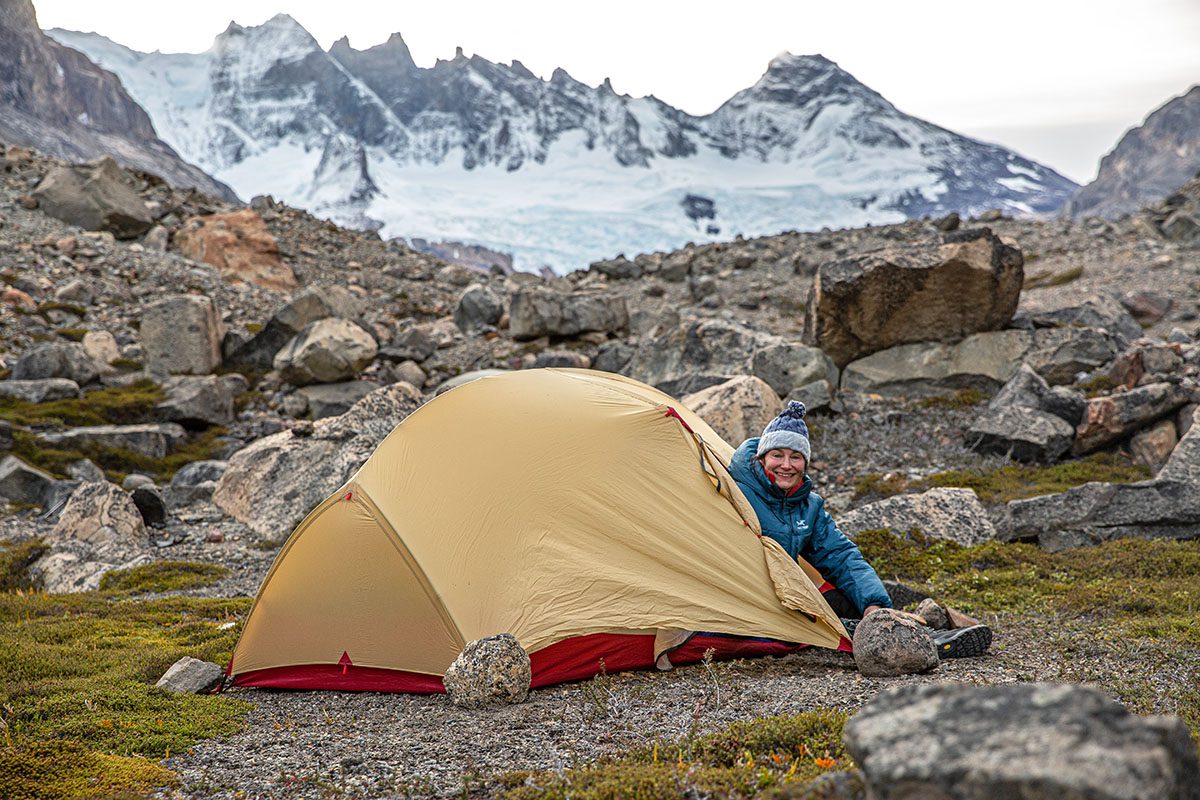
Hydration and Nutrition Essentials
Hydration Packs and Water Purification
Staying hydrated is crucial, especially at high altitudes where dehydration can exacerbate altitude sickness. A hydration pack with a 2-3L capacity is recommended for easy access to water while trekking. Carry water purification tablets or a filtration system, as clean water sources may not always be available.
Energy Snacks and Meals for Trekking
Pack energy-dense snacks like protein bars, trail mix, and freeze-dried meals. These will help maintain your energy levels during long days on the trail. Avoid heavy foods that could weigh you down.
Trekking Accessories and Safety Equipment
Navigation Tools: Maps and GPS
Ladakh’s remote trails are often unmarked, making navigation difficult. GPS devices and physical maps are essential for staying on track. Ensure your map covers the entire route and that you have a backup power source for your GPS.
Headlamp and Portable Charger
A headlamp is vital for navigating in low light, especially if your trek starts early or ends after sunset. A portable charger, ideally solar-powered, will ensure your devices stay charged throughout the journey.
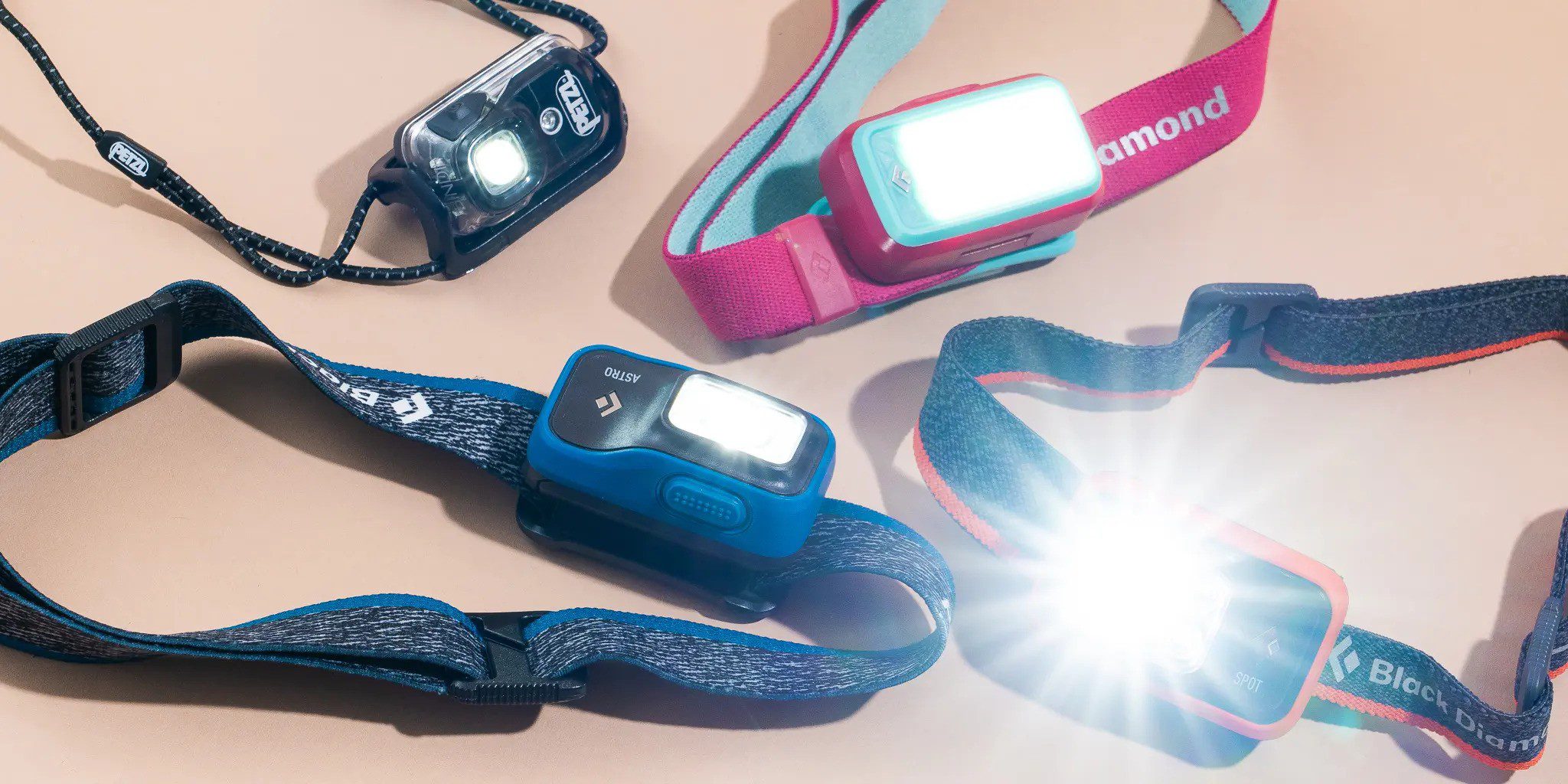
Health and First-Aid Items
First-Aid Kit for Trekking Injuries
A well-stocked first-aid kit is essential for treating minor injuries. Include items like bandages, antiseptics, blister treatments, and painkillers. Don’t forget to pack medication for altitude sickness, as symptoms can set in quickly.
“I used my first-aid kit more than I expected! A blister treatment saved my feet during a tough climb.” — Emily Liu, Graphic Designer, Australia
Altitude Sickness Medications
Carrying altitude sickness medication such as Acetazolamide can help prevent and treat the symptoms of Acute Mountain Sickness (AMS). If you feel dizzy or experience nausea, this medication can provide relief and prevent further complications.
Weather and Sun Protection
Sunscreen and Lip Balm
Ladakh’s high altitudes mean you’re closer to the sun and more susceptible to sunburn. Carry high-SPF sunscreen and apply it regularly. UV-protective lip balm will also help prevent chapped and cracked lips in the dry, sunny climate.
Sunglasses and Sun Hat
Protect your eyes with polarized sunglasses, and wear a wide-brimmed hat to shield your face from the sun. The sun’s intensity at high altitudes can lead to snow blindness, so protecting your eyes is a must.
Technical Gear for Ladakh Trekking
Multi-Tool and Repair Kit
A multi-tool is indispensable for handling small repairs or adjustments to your gear. Carry a repair kit with patches for tents or backpacks, as well as tape for quick fixes.
Lightweight Cooking Equipment
For multi-day treks, you may need to prepare your meals. A lightweight camping stove and compact cookware are excellent choices for cooking food or boiling water during your trek.
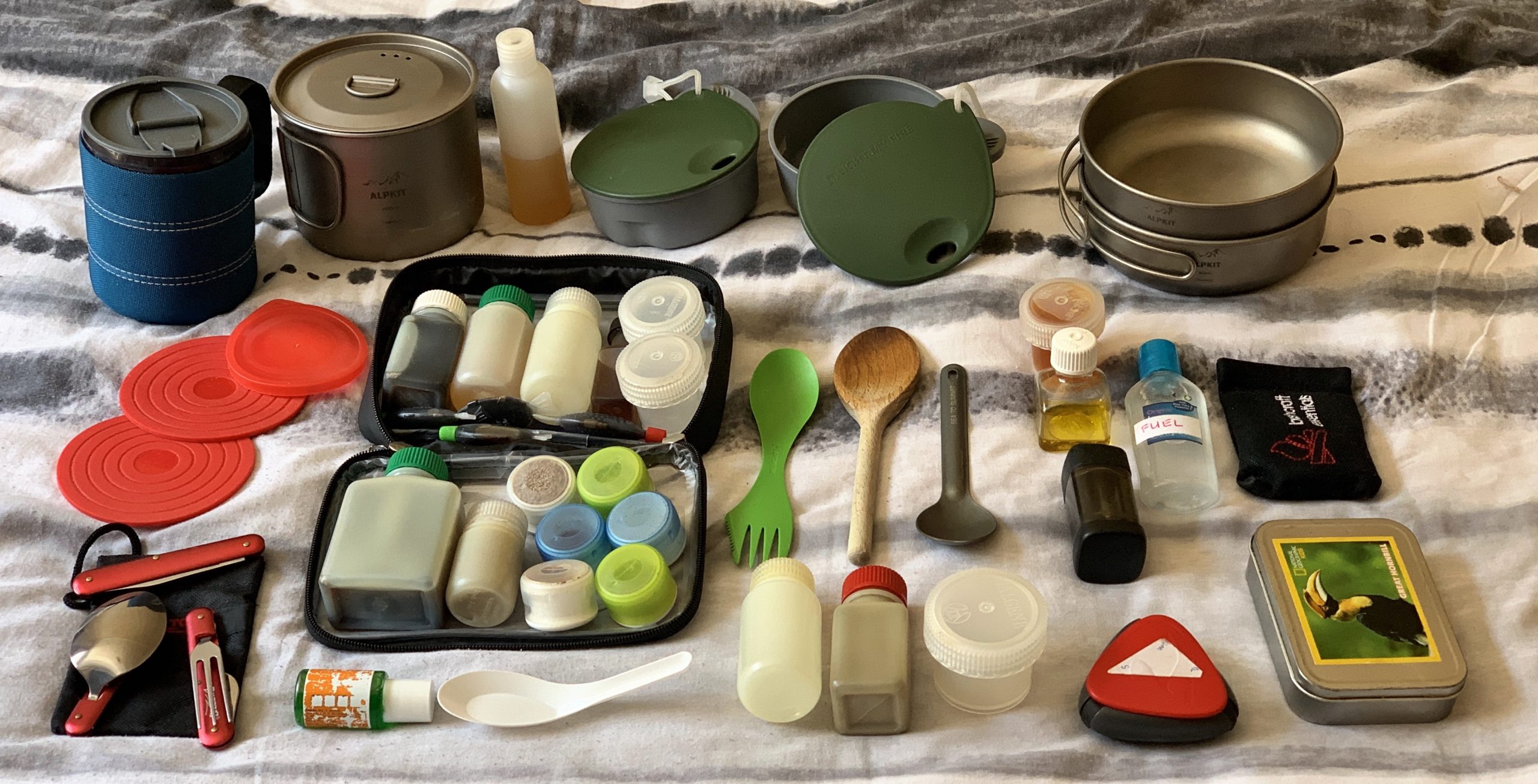
Acclimatization and Altitude Sickness Prevention
Gradual Acclimatization Tips
The key to preventing altitude sickness is to gradually acclimatize by taking rest days during your trek. Increase your altitude slowly, giving your body time to adjust to the thinner air.
Using Oxygen Cylinders for High Altitudes
Some trekkers opt to carry portable oxygen cylinders in case of severe altitude sickness. While not always necessary, having oxygen available can be a lifesaver in emergencies.
Trekking Permits and Documentation
Inner Line Permits
For certain areas in Ladakh, such as the Nubra Valley and Pangong Lake, trekkers need to obtain Inner Line Permits. These permits are required for regions close to India’s borders, so make sure you arrange for them in advance.
Essential Documents to Carry
Always carry a copy of your identification, insurance, and emergency contact information. Keep these documents safe and waterproofed in a secure compartment of your backpack.
Conclusion
Trekking in Ladakh is an unforgettable experience, but it requires careful preparation and the right gear. By carrying these Ladakh trekking essentials, you’ll be equipped to handle the challenges posed by high-altitude, extreme weather, and rugged terrain. From sturdy boots and multi-layered clothing to hydration packs and first-aid kits, these essentials will help ensure a safe, comfortable, and successful trek.

“This guide was my trekking bible. It covered everything I needed for my first Ladakh trek, and I felt completely prepared.” — Carlos Rivera, Travel Blogger, Spain
Q&A Section
Q: What is the most important item to carry when trekking in Ladakh?
A: The most important item is proper footwear. Sturdy, waterproof trekking boots with good ankle support are essential for handling Ladakh’s rugged terrain.
Q: How do I prevent altitude sickness during my Ladakh trek?
A: To prevent altitude sickness, gradually acclimatize by taking rest days, stay hydrated, and consider carrying altitude sickness medication like Acetazolamide.
Q: What size backpack is ideal for a multi-day trek in Ladakh?
A: A 50-70L backpack is recommended for multi-day treks in Ladakh. It should be large enough to carry your essentials but lightweight for ease of travel.
Q: Is it necessary to carry oxygen cylinders on Ladakh treks?
A: Oxygen cylinders are not always necessary, but they can be useful in emergencies, especially at very high altitudes where oxygen levels are low.
Q: Can I trek in Ladakh without a guide?
A: While it’s possible to trek without a guide, it’s recommended for first-timers to hire a guide due to Ladakh’s challenging trails and potential risks, like altitude sickness.
Q: What type of clothing should I pack for a Ladakh trek?
A: Pack multi-layered clothing to handle Ladakh’s varying temperatures. Include a base layer, mid-layer, and waterproof outer layer for both warmth and weather protection.

